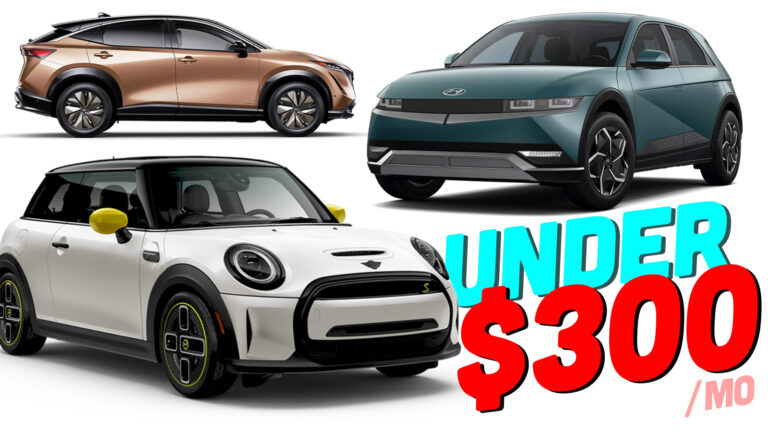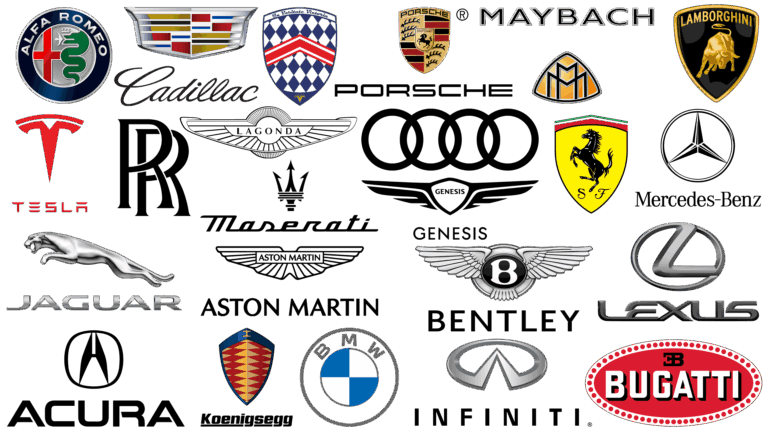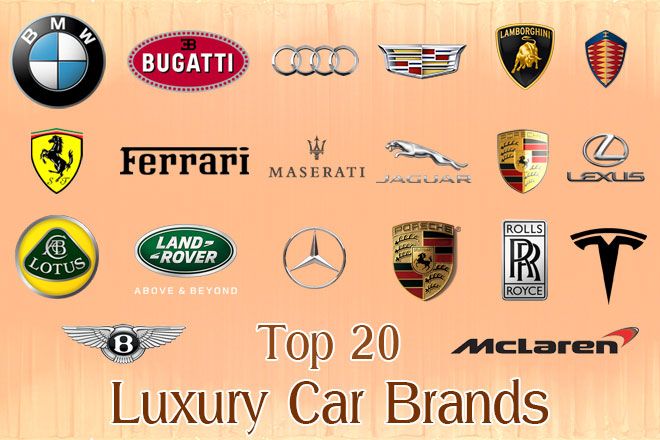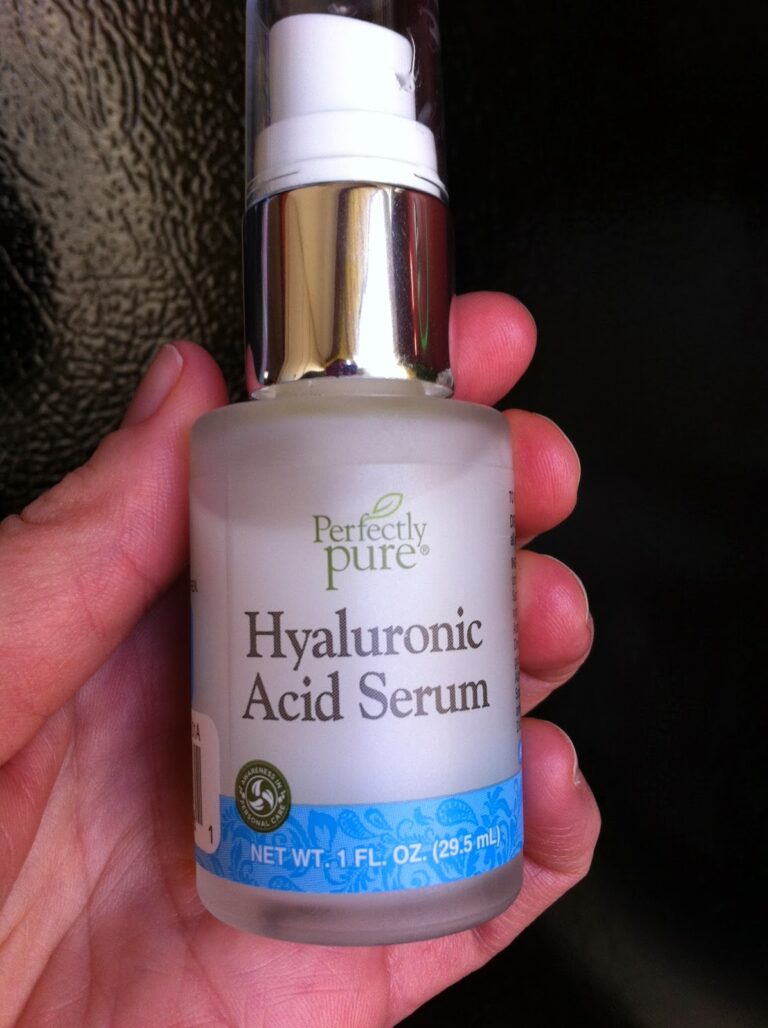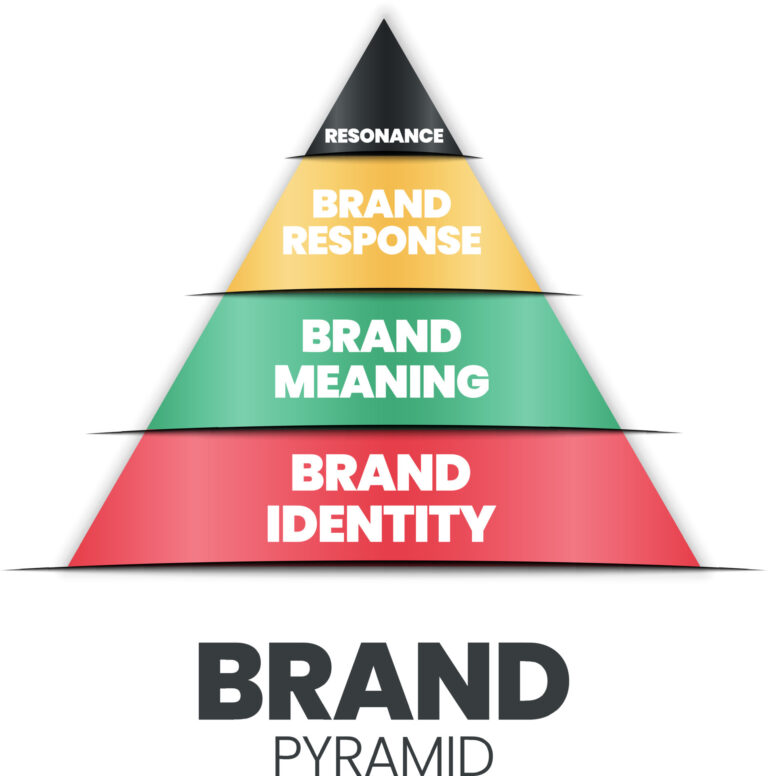Brand New Old Cars: The Ultimate Blend of Classic Charm and Modern Performance
Brand New Old Cars: The Ultimate Blend of Classic Charm and Modern Performance cars.truckstrend.com
In an automotive landscape increasingly dominated by electric vehicles and autonomous technology, a fascinating counter-movement is gaining traction: the rise of "Brand New Old Cars." This isn’t just about restoring a classic car to its original glory; it’s about reimagining it. A "Brand New Old Car" takes the timeless aesthetic of a bygone era and infuses it with cutting-edge modern engineering, comfort, and safety. Imagine the iconic lines of a 1960s muscle car or a vintage European sportster, but with the reliability of a new vehicle, the stopping power of a modern performance car, and the creature comforts of a contemporary luxury sedan. This unique fusion offers the best of both worlds, providing a driving experience that is both nostalgic and exhilaratingly modern.
The appeal of "Brand New Old Cars" is multifaceted. For many, it’s the chance to own a piece of automotive history without the typical headaches of vintage ownership – constant breakdowns, challenging starts, vague steering, and an absence of modern amenities like air conditioning or infotainment. For others, it’s about crafting a truly bespoke vehicle, tailored to their exact specifications, that stands out dramatically from the mass-produced cars on today’s roads. This article will delve deep into the world of "Brand New Old Cars," exploring their definitions, benefits, how to acquire one, important considerations, and what the future holds for this captivating segment of the automotive industry.
Brand New Old Cars: The Ultimate Blend of Classic Charm and Modern Performance
What Exactly Are "Brand New Old Cars"? Defining the Phenomenon
The term "Brand New Old Cars" encompasses a spectrum of vehicles that share a common philosophy: marrying classic design with modern functionality. While the umbrella term is broad, it typically refers to a few distinct categories:
-
Resto-Mods: This is arguably the most popular and recognized form of "Brand New Old Cars." A resto-mod involves taking a classic vehicle (the "old car") and performing a comprehensive restoration that includes significant modern modifications (the "brand new" aspect). This often means installing a contemporary engine and transmission, upgrading the suspension, brakes, and steering to modern standards, and incorporating new electrical systems, air conditioning, and even infotainment. The exterior largely retains its original look, but beneath the skin, it’s a thoroughly modern machine. Examples include a 1969 Ford Mustang with a Coyote V8 engine, modern independent suspension, and climate control, or a classic Porsche 911 with a re-engineered chassis and a high-performance, air-cooled engine built with modern tolerances.
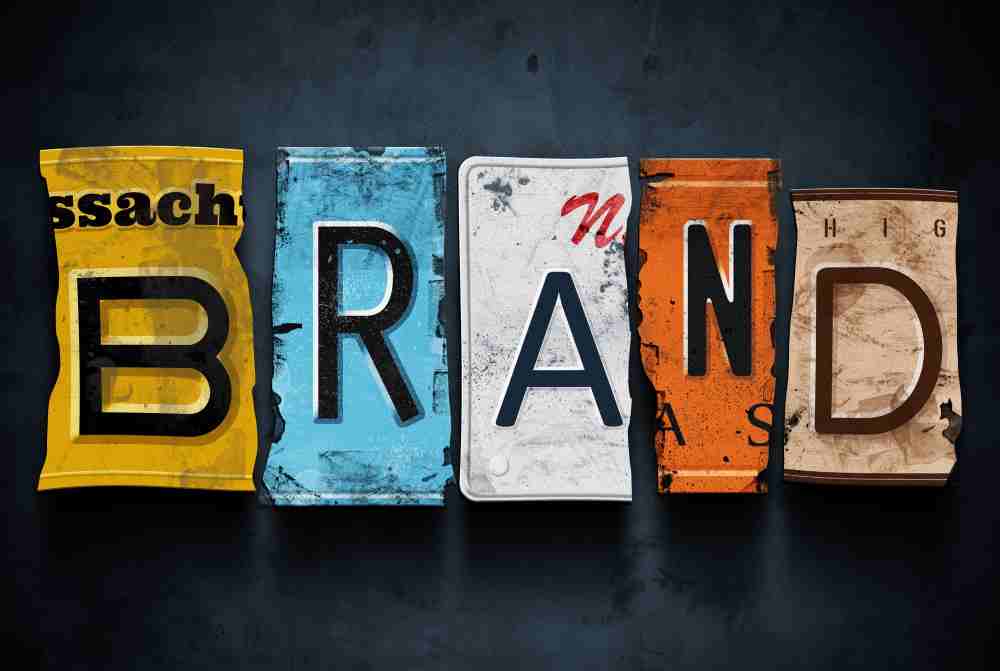
Continuation Cars: These are highly specialized vehicles, often built by the original manufacturers or officially licensed partners, that are essentially "new" cars constructed to the exact specifications of a historical model. They use new parts and components, sometimes even from original tooling, to recreate a classic car that was once produced in limited numbers. Examples include continuation Shelby Cobras or Jaguar D-Types, which are officially recognized as part of the original production run, often with their own unique VIN series. While built new, they aim for historical accuracy, though some modern concessions might be made for safety or drivability.
-
Replicas/Re-creations with Modern Twists: These are newly built vehicles that meticulously replicate the body and appearance of a classic car but are constructed from the ground up with modern chassis, powertrains, and technology. Unlike continuation cars, they are not typically officially sanctioned by the original manufacturer and might take more liberties with modernization. Think of a newly built Ferrari 250 GTO replica with a modern V12 engine and advanced suspension, designed for spirited driving rather than historical accuracy.
-
Re-engineered Classics (High-End Bespoke Builds): This category overlaps with resto-mods but represents the pinnacle of craftsmanship and engineering. Companies like Singer Vehicle Design (Porsches), ICON 4×4 (Broncos, Land Cruisers), or Ringbrothers (various muscle cars) take original classic vehicles and completely re-engineer every aspect, often fabricating custom parts and pushing the boundaries of performance and luxury. These are not merely updated; they are reborn with unparalleled attention to detail and a price tag to match.
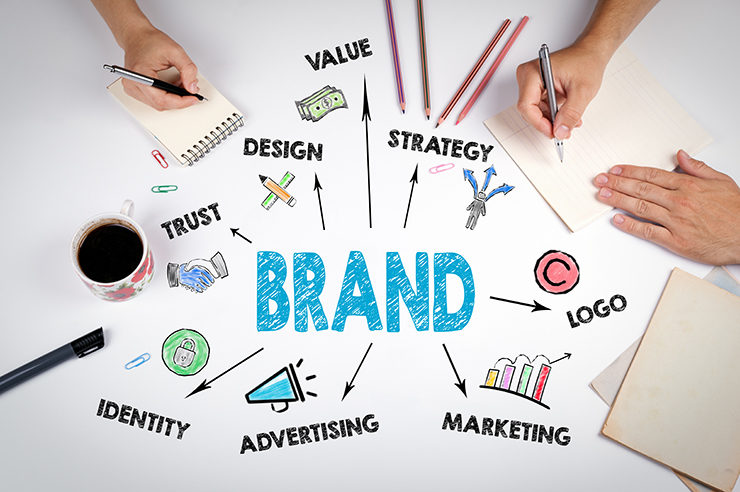

The Allure: Why Choose a "Brand New Old Car"?
The reasons for opting for a "Brand New Old Car" are compelling and varied, appealing to both the heart and the head:
- Unrivaled Aesthetics & Nostalgia: Nothing turns heads quite like a perfectly proportioned classic car. These vehicles evoke a sense of history, romance, and craftsmanship that modern cars, with their often homogenous designs, simply cannot replicate. Owning a "Brand New Old Car" is a tangible connection to automotive heritage.
- Modern Performance & Reliability: This is the core advantage. Gone are the days of vapor lock, overheating, sloppy steering, and weak brakes. With a modern engine, transmission, and chassis, these cars offer brisk acceleration, precise handling, and reliable starts, making them genuinely enjoyable to drive daily or on long journeys.
- Enhanced Safety: While they won’t meet modern crash standards, "Brand New Old Cars" can incorporate significant safety improvements. Upgraded brakes (disc brakes all around, often with ABS), modern tires, improved lighting, more rigid chassis construction, and even subtle structural reinforcements make them considerably safer than their original counterparts.
- Comfort & Convenience: Air conditioning that actually cools, power steering that makes parking effortless, comfortable seats, modern audio systems with Bluetooth connectivity, and even navigation systems can be seamlessly integrated, transforming a classic into a genuinely comfortable cruiser.
- Investment Potential & Exclusivity: High-quality "Brand New Old Cars," particularly those from reputable builders or continuation series, often appreciate in value. They are unique, limited-production vehicles that stand out in any collection and offer a blend of rarity and usability that is highly sought after.
- Ultimate Personalization: Unlike production cars, "Brand New Old Cars" are often bespoke creations. From engine choice and suspension tuning to interior materials and paint colors, every detail can be customized to the owner’s exact vision, resulting in a truly one-of-a-kind vehicle.
Navigating the "Brand New Old Car" Market: Key Considerations
Acquiring a "Brand New Old Car" requires careful planning and research. Here are the primary avenues and critical considerations:
Buying Options:
- Commissioning a Custom Build: This is the most popular route for high-end resto-mods. You work directly with a specialized builder, often providing a donor car or having them source one, to create a vehicle tailored to your precise specifications. This offers maximum personalization but is also the most expensive and time-consuming option.
- Purchasing a Turnkey Build: Many reputable builders offer pre-configured or completed "Brand New Old Cars" for sale. These vehicles are already built to a high standard, allowing for immediate gratification. While personalization options might be limited compared to a custom commission, they still represent exceptional quality.
- DIY Resto-Mod: For the highly skilled mechanic or enthusiast with a significant budget for parts, building your own resto-mod is an option. This requires extensive automotive knowledge, specialized tools, and a great deal of patience. While potentially saving on labor costs, the complexity and potential for errors are high.
Key Considerations When Buying or Building:
- Budget Realism: "Brand New Old Cars" are not cheap. Costs can range from the low six figures to well over a million dollars, depending on the base car, the extent of modifications, the quality of components, and the builder’s reputation. Define your budget clearly upfront.
- Donor Car Condition & Authenticity: If you’re building a resto-mod, the condition of the donor car is paramount. A solid, rust-free chassis will save significant time and money. For continuation cars, authenticity to the original design is key.
- Builder Reputation & Expertise: This is perhaps the most crucial factor. Research builders thoroughly, examine their previous work, read reviews, and ideally, speak to past clients. A reputable builder will have a clear process, transparent communication, and a track record of delivering high-quality vehicles.
- Legal & Registration Issues: This can be complex. Laws regarding emissions, VIN numbers, and vehicle registration vary by state and country. Some jurisdictions may have strict rules about engine swaps or modifications. It’s vital to research local regulations and ensure your "Brand New Old Car" will be road-legal.
- Insurance: Standard auto insurance policies may not adequately cover the unique value and modifications of a "Brand New Old Car." You will likely need a specialized classic car or agreed-value policy.
- Maintenance & Parts: While more reliable than pure classics, "Brand New Old Cars" still require specialized maintenance. Finding mechanics familiar with both classic platforms and modern powertrains can be a challenge. Parts for the classic body might be scarce, while modern components are readily available.
The Building Process: From Concept to Completion
The journey of creating a "Brand New Old Car" is an intricate ballet of craftsmanship and engineering. While specifics vary, a typical process for a professional resto-mod includes:
- Concept & Design: Initial discussions with the client to define the vision, budget, performance goals, and aesthetic preferences. Detailed renderings and engineering plans are developed.
- Donor Vehicle Acquisition & Disassembly: Sourcing a suitable classic car, followed by a complete tear-down to the bare chassis and body shell. Every component is inspected for rust, damage, or wear.
- Chassis & Body Restoration/Modification: The chassis is often reinforced, modified, or entirely replaced with a custom-fabricated frame. The body undergoes extensive rust repair, panel replacement, and customization to accommodate modern components while maintaining classic lines.
- Powertrain Installation: Selection and installation of the modern engine (e.g., LS crate engine, modern Coyote V8, high-performance V12) and transmission. Custom mounts, exhaust systems, and cooling systems are engineered.
- Suspension & Brake Upgrades: Installation of modern independent suspension systems (coil-overs, multi-link setups), high-performance disc brakes (often with multi-piston calipers and ABS), and power steering for improved handling and stopping power.
- Electrical & Wiring: A completely new, modern electrical system is installed to support the new engine, infotainment, climate control, and other amenities. This is a critical and complex step.
- Interior Customization: The interior is meticulously crafted, often incorporating modern comfort features like custom seats, premium upholstery (leather, Alcantara), updated gauges, sound deadening, and integrated audio/navigation systems, all while respecting the classic car’s original design language.
- Paint & Finishing: The body receives meticulous preparation, often involving multiple layers of primer, paint, and clear coat for a flawless, show-quality finish.
- Final Assembly & Testing: All components are reassembled, fluids are filled, and the vehicle undergoes extensive testing, tuning, and quality control checks to ensure everything functions perfectly and meets performance targets.
Challenges and Solutions in the World of "Brand New Old Cars"
While immensely rewarding, venturing into "Brand New Old Cars" isn’t without its hurdles:
- Challenge: Exorbitant Cost.
- Solution: Establish a firm, realistic budget from the outset. Prioritize modifications that offer the most value or impact. Explore financing options through specialized classic car lenders, but be aware of higher interest rates.
- Challenge: Complexity and Technical Expertise Required.
- Solution: Unless you are a highly experienced fabricator and mechanic, do not attempt a full-scale DIY build. Partner with a reputable, experienced builder with a proven track record. Their expertise is invaluable.
- Challenge: Legal and Regulatory Hurdles (Emissions, Registration).
- Solution: Thoroughly research your local vehicle registration and emissions laws before starting a project. Consult with the builder and potentially a legal expert to ensure the final product will be street-legal in your area. Some states offer classic car exemptions, but modifications might complicate this.
- Challenge: Balancing Authenticity vs. Modernization.
- Solution: Clearly define your personal goals. Are you a purist who wants subtle modern upgrades, or do you want a full re-engineering? Communicate this vision precisely to your builder to avoid misaligned expectations.
- Challenge: Finding a Reputable Builder.
- Solution: Due diligence is key. Look at portfolios, read client testimonials, check industry awards, and visit their shop if possible. Ask for references and speak to past clients about their experience, communication, and project delivery. A good builder will be transparent about timelines and costs.
Practical Advice and Actionable Insights
For anyone considering a "Brand New Old Car," here’s actionable advice:
- Define Your Purpose: Is this a daily driver, a weekend cruiser, a show car, or a track weapon? Your intended use will dictate the level of modernization, performance, and comfort required, significantly impacting budget and build choices.
- Set a Realistic Budget (and Add a Contingency): These projects rarely come in under budget. Add a 15-20% contingency fund for unforeseen issues or desired upgrades during the build.
- Research, Research, Research: Immerse yourself in the world of "Brand New Old Cars." Look at different models, builders, and completed projects. Understand the nuances of various engine swaps, suspension setups, and interior finishes.
- Communicate Clearly with Your Builder: This is a collaborative process. Be precise about your vision, expectations, and budget. Ask questions, seek regular updates, and ensure all agreements are in writing.
- Understand the Legalities: Do not underestimate the complexity of titling, registering, and insuring a heavily modified classic. Consult with experts in your region.
- Plan for Specialized Insurance and Maintenance: Factor in the higher cost of agreed-value insurance. Identify specialist mechanics who can handle both classic car platforms and modern performance components.
- Patience is a Virtue: Custom builds take time, often 1-3 years or more for complex projects. Resist the urge to rush the process, as quality craftsmanship cannot be hurried.
"Brand New Old Cars" Estimated Price Guide
Given the highly custom nature of "Brand New Old Cars," exact pricing is impossible. However, this table provides representative ranges and what to expect for different categories and levels of build. Prices are estimates and can vary wildly based on the donor car’s condition, chosen components, builder’s reputation, and market demand.
| Category/Type of Build | Example Models (Donor Car) | Estimated Price Range (USD) | Key Features/Scope of Work | Target Buyer |
|---|---|---|---|---|
| Entry-Level Resto-Mod | Ford Mustang (1964-73), Chevrolet C10 (60s-70s), Pontiac Firebird (late 60s) | $50,000 – $150,000 | Modern crate engine (e.g., LS swap), updated brakes (disc), basic suspension upgrades, new wiring, comfortable interior (basic A/C, modern stereo). Often done by smaller shops or skilled DIY. | Enthusiast on a budget, wants reliable classic driver. |
| Mid-Range Professional Resto-Mod | Chevrolet Camaro (late 60s), Ford Bronco (early), Porsche 911 (early), Dodge Challenger (early 70s) | $150,000 – $350,000 | Full frame-off restoration, high-performance modern engine, custom chassis/suspension (e.g., independent rear), full modern braking system (ABS optional), custom leather interior, integrated infotainment, modern climate control. | Discerning enthusiast seeking a reliable, powerful, and comfortable classic. |
| High-End Bespoke Resto-Mod | Porsche 911 (various generations), Land Rover Defender, Ferrari 308/328, Ford Mustang (60s), Chevrolet Corvette (C1/C2) | $350,000 – $750,000+ | Hand-built, meticulously re-engineered from the ground up. Custom fabricated components, exotic materials (carbon fiber), highly tuned performance engine, state-of-the-art suspension & brakes, bespoke luxury interior, advanced electronics. | Collector seeking unique, top-tier performance and craftsmanship; often one-off creations. |
| Officially Licensed Continuation Car | Shelby Cobra, Jaguar D-Type, Aston Martin DB4 GT Zagato, Bentley Blower | $500,000 – $2,000,000+ | Built new to original specifications using modern manufacturing techniques and often original tooling. Extremely high historical accuracy, often with a unique VIN series. Limited production runs. | Serious collectors, investors, historical purists. |
| Luxury Re-creation/Re-engineered Classic (e.g., Singer Porsche) | Porsche 964, Land Cruiser FJ40, Mercedes-Benz G-Wagen (classic) | $700,000 – $2,000,000+ | Not strict replicas but deeply re-engineered, highly refined versions of iconic cars. Every component optimized for performance, luxury, and aesthetics. Often exceed original performance by significant margins. | Ultra-high net worth individuals, connoisseurs of automotive art and engineering. |
Note: Prices do not include potential donor car costs if not part of a turnkey package. Market fluctuations, specific component choices, and builder demand heavily influence final prices.
Frequently Asked Questions (FAQ) about "Brand New Old Cars"
Q1: Are "Brand New Old Cars" legal to drive on public roads?
A1: Generally, yes, but it depends heavily on your local jurisdiction’s laws. The primary concerns are usually emissions and vehicle identification numbers (VINs). Some states have relaxed rules for classic cars, while others are very strict about engine swaps or modifications. Always research your local laws thoroughly and discuss this with your builder.
Q2: How long does it take to build one?
A2: The timeline varies significantly based on the complexity of the build and the builder’s schedule. A comprehensive, professional resto-mod can take anywhere from 12 months to 3 years or even longer for highly bespoke projects. Simpler builds might be completed faster.
Q3: Can I get financing for a "Brand New Old Car"?
A3: Yes, specialized lenders that focus on classic, exotic, and collector cars often provide financing for "Brand New Old Cars." Traditional banks might be less willing unless the vehicle is fully completed and appraised. Interest rates might be higher than for a new production car.
Q4: What’s the difference between a resto-mod and a restoration?
A4: A restoration aims to bring a classic car back to its original factory specifications, using period-correct parts and techniques. A resto-mod retains the classic car’s appearance but integrates modern mechanical components (engine, suspension, brakes, etc.) and conveniences for improved performance, reliability, and comfort.
Q5: Do "Brand New Old Cars" hold their value?
A5: High-quality "Brand New Old Cars," especially those built by reputable shops or official continuation series, often hold their value well and can even appreciate over time. Their unique blend of classic appeal and modern usability makes them highly desirable. Poorly executed or overly customized builds, however, might struggle to recoup their investment.
Q6: How do I insure a "Brand New Old Car"?
A6: You’ll typically need a specialized "agreed value" or "collector car" insurance policy. Standard auto insurance policies are unlikely to cover the true value of the vehicle and its custom modifications. Companies like Hagerty, Grundy, and Chubb offer such policies.
Q7: What are the common pitfalls to avoid when acquiring a "Brand New Old Car"?
A7: The biggest pitfalls include underestimating the cost, choosing an unreputable builder, not thoroughly researching legal/registration issues, and having unclear expectations with the builder. Always get everything in writing, perform due diligence on the builder, and understand the full scope of the project.
Conclusion: Driving a Dream, Reimagined
"Brand New Old Cars" represent a compelling intersection of automotive history and modern innovation. They offer a unique solution for enthusiasts who crave the unmistakable style and soul of a classic vehicle but demand the performance, reliability, and comfort of a contemporary car. Whether it’s a meticulously crafted resto-mod, a historically accurate continuation car, or a bespoke re-engineered masterpiece, these vehicles are more than just cars; they are statements of individuality, passion, and engineering excellence.
As technology advances and classic car values continue to climb, the appeal of a "Brand New Old Car" will only grow. It’s about driving a dream without the typical classic car headaches – an automotive experience that is both a nod to the past and a powerful embrace of the future. The open road awaits, in a car that truly is brand new, yet gloriously old.

